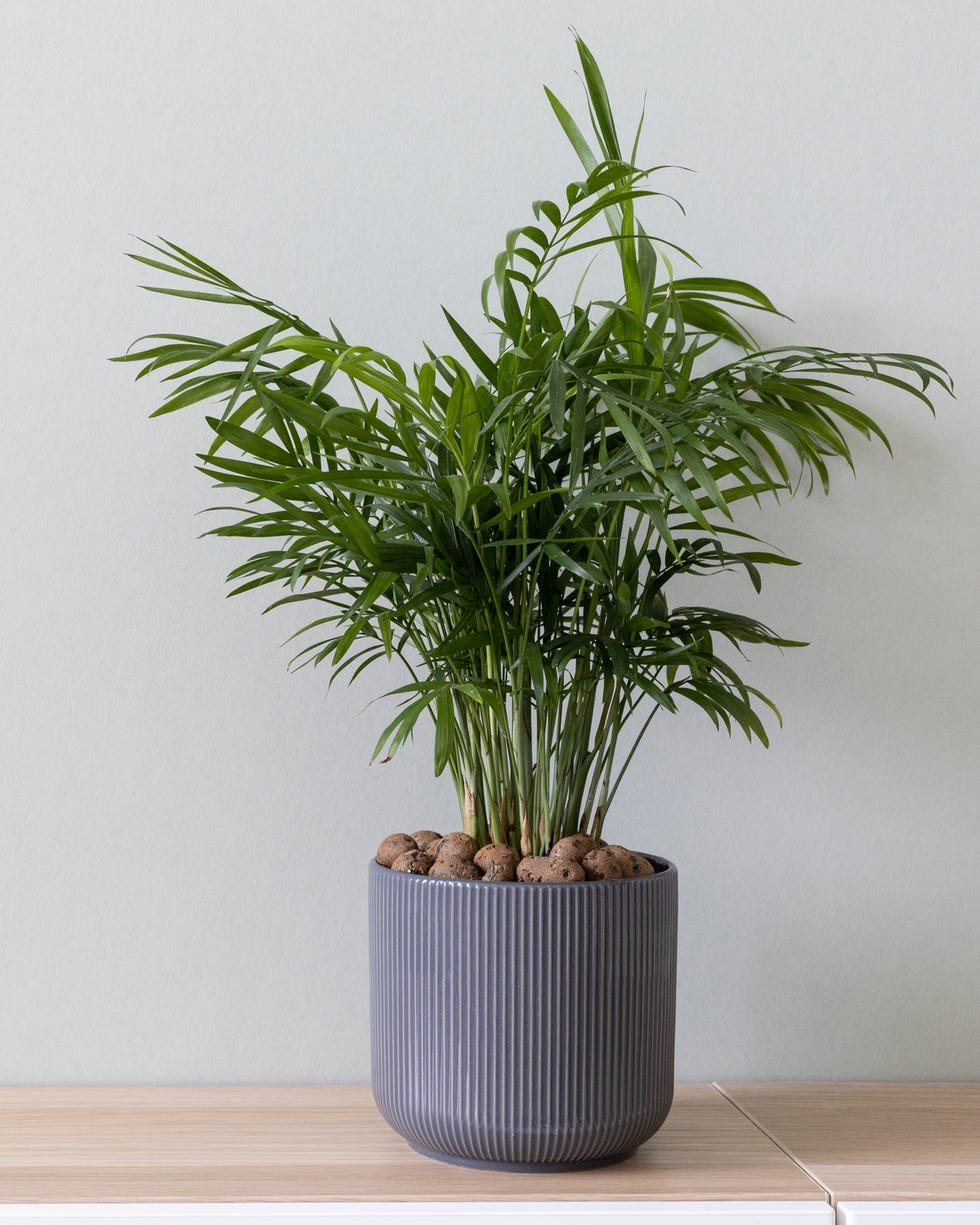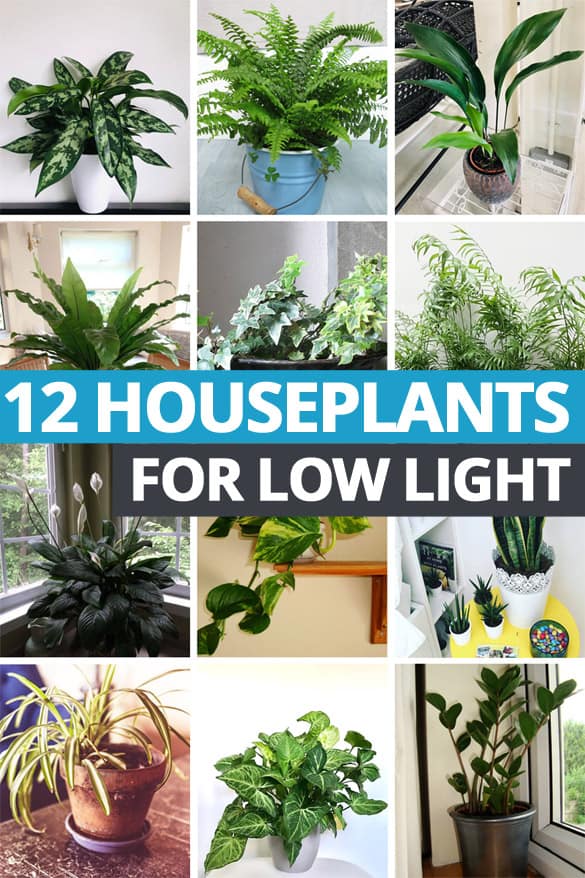The Best Low-Light Indoor Plants for Beginners and Busy Plant Owners
The Best Low-Light Indoor Plants for Beginners and Busy Plant Owners
Blog Article
Discover the Secrets of Low-Light Indoor Plants and Just How They Enhance Your Setting
Low-light interior plants have garnered raising focus for their one-of-a-kind ability to boost both aesthetic appeal and ecological high quality within homes and offices. These resistant species, consisting of the Snake Plant and Tranquility Lily, not only prosper in challenging illumination problems yet likewise play a crucial role in air filtration and emotional health.
Benefits of Low-Light Indoor Plants
Although lots of people presume that interior plants call for abundant sunshine to thrive, low-light indoor plants offer a wide variety of advantages that make them excellent for numerous settings. Among the primary advantages is their adaptability; they can grow precede with minimal all-natural light, such as workplaces, cellars, or spaces with tiny home windows. This function permits individuals to improve their environments with plant, contributing to improved visual appeals without the demand for considerable illumination adjustments.
Moreover, low-light interior plants can dramatically boost interior air top quality by releasing and filtering damaging toxins oxygen, making living spaces healthier. The existence of plants has been connected to better sensations of harmony and emphasis.
Furthermore, low-light plants commonly need much less upkeep than their sun-loving counterparts, making them suitable for active people or those brand-new to gardening. Their strength permits them to prosper with very little treatment, thus supplying a fulfilling experience for plant enthusiasts and newbies alike. In recap, low-light interior plants serve both aesthetic and useful purposes, making them valuable additions to any area.
Top Low-Light Plant Selections
Low-light interior plants been available in a selection of species, each offering one-of-a-kind features and advantages fit for dark atmospheres. Among one of the most popular ranges is the Serpent Plant (Sansevieria), understood for its air-purifying capabilities and building fallen leaves. This resistant plant grows on overlook and can tolerate a large range of light problems.
An additional exceptional selection is the ZZ Plant (Zamioculcas zamiifolia), which includes glossy, dark green fallen leaves and is extremely drought-tolerant. Its versatility makes it a favorite for offices and homes with restricted sunshine.
The Pothos (Epipremnum aureum) is also a leading competitor, with its trailing creeping plants and heart-shaped fallen leaves - Best low-light indoor plants. This functional plant can be educated to climb up or cascade, including aesthetic rate of interest to any space

Treatment Tips for Low-Light Plants
Caring for low-light indoor plants requires a nuanced understanding of their certain requirements to make sure ideal growth and vitality. It is important to pick the right potting mix, as a well-draining soil is critical to stop origin rot. A mix designed for houseplants, usually consisting of peat moss and perlite, works well for a lot of low-light varieties.
Watering is one more essential element of care. Low-light plants generally require much less frequent watering contrasted to their sun-loving counterparts. It is a good idea to check the leading inch of dirt; if it really feels completely dry, it's time to water. Overwatering can cause complications such as mold and mildew and root decay.
Fertilization must be approached with care. Throughout the expanding season, a watered down fluid fertilizer can be applied monthly, but in cold go to the website weather, numerous low-light plants go into inactivity and need little to no fertilization.
Last but not least, it is necessary to regularly clean up the leaves to get rid of dust, permitting for much better light absorption. By adhering to these treatment ideas, you can cultivate a thriving atmosphere for your low-light interior plants, boosting both their appearance and durability.
Enhancing Air High Quality With Plants
Indoor plants play a significant function in boosting air top quality within homes and workplace. With the procedure of photosynthesis, these plants absorb carbon dioxide and launch oxygen, contributing to a much healthier environment. In addition, particular low-light indoor plants have the capacity to filter hazardous toxins, such as benzene, trichloroethylene, and formaldehyde, which are frequently located in interior settings.

Moreover, the visibility of indoor plants can raise humidity levels, which helps ease dry skin and respiratory concerns, even more boosting total well-being. This capability to boost air quality not only advertises physical health yet likewise sustains mental health.
Incorporating low-light indoor plants right into your living and working areas can result in a much more lively and stimulating atmosphere (Best low-light indoor plants). Investing in these all-natural air cleansers is a straightforward yet effective technique for enhancing indoor air top quality and promoting a much healthier way of life
Creating a Peaceful Indoor Room
The assimilation of plants right into living areas not just improves air high quality but likewise adds to a relaxing atmosphere. Low-light interior plants, such as snake plants navigate here and pothos, are particularly efficient in creating a serene environment, as they prosper in problems that might or else be inhospitable for various other plant. Their rich foliage offers a soothing aesthetic, reducing stress and advertising relaxation.
Incorporating these plants into your office or home can evoke a feeling of tranquility and well-being. Tactically placing them in locations where you invest considerable time, such as living work spaces or rooms, enables an immersive experience with nature, which has actually been revealed to improve mood and cognitive function.
In addition, the mild activity of fallen leaves in reaction to air flow can develop a vibrant visual element that enhances the general setting. Take into consideration using a range of plant elevations and appearances to include depth and passion to your space. With thoughtful placement and care, low-light interior plants can change any area right into a peaceful sanctuary, promoting not just aesthetic fulfillment but emotional and likewise psychological wellness.

Final Thought
Integrating low-light indoor plants right into various environments yields significant benefits, why not try this out including enhanced air high quality and improved visual allure. The transformative power of low-light plants emphasizes their value in enhancing both property and work settings.
Although many people presume that indoor plants require abundant sunshine to flourish, low-light indoor plants use a wide range of benefits that make them excellent for different atmospheres.Moreover, low-light interior plants can significantly improve interior air top quality by releasing and filtering harmful toxins oxygen, making living rooms healthier. In addition, particular low-light interior plants have the capacity to filter damaging pollutants, such as trichloroethylene, benzene, and formaldehyde, which are commonly located in interior environments.
Low-light indoor plants, such as snake plants and pothos, are specifically efficient in creating a serene atmosphere, as they prosper in problems that might or else be inhospitable for other greenery.Including low-light interior plants right into various atmospheres returns substantial benefits, including boosted air top quality and boosted visual allure.
Report this page